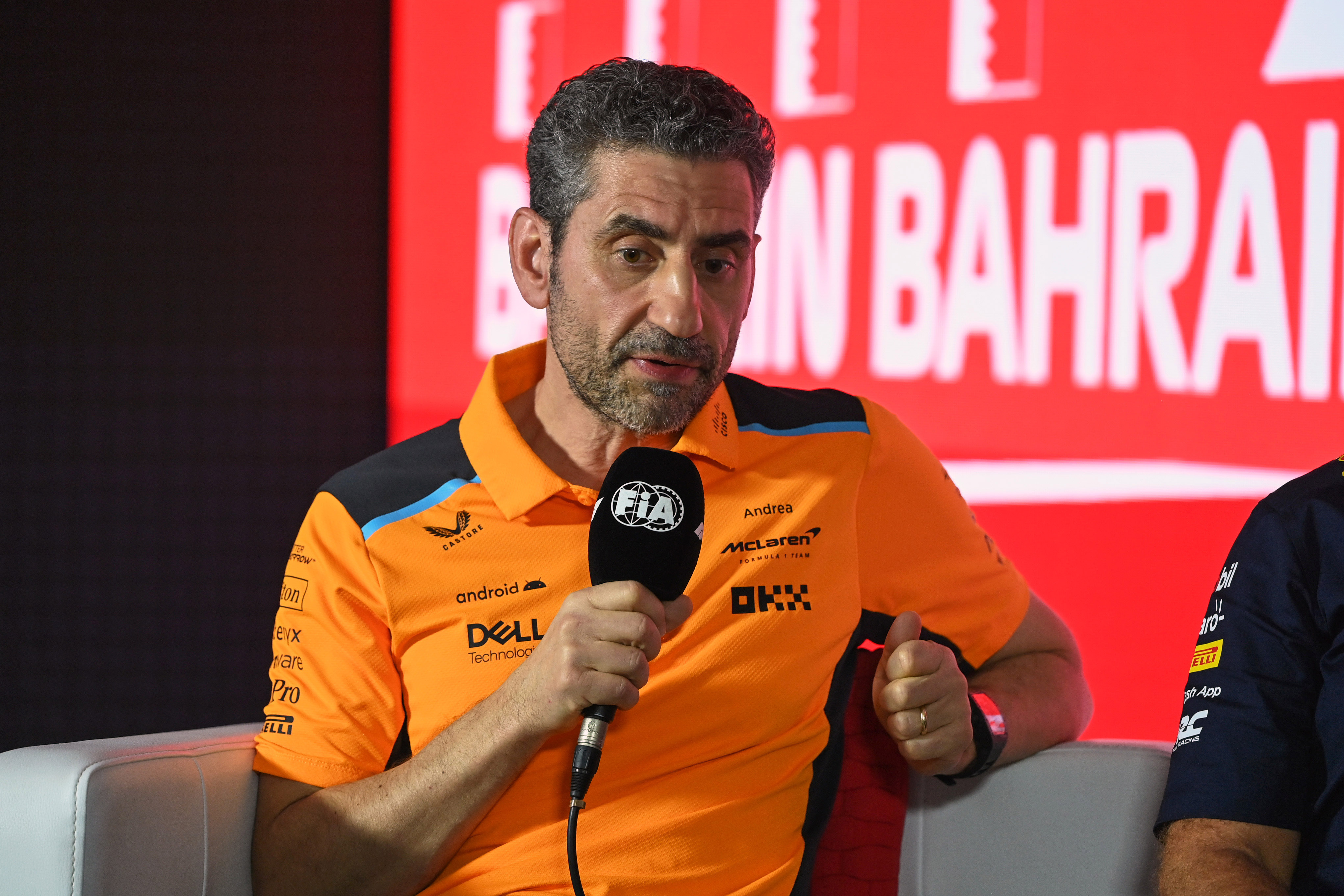Up Next

A little over an hour after the British Grand Prix finished, McLaren CEO Zak Brown wandered over to the assembled Formula 1 media gathered in the team’s motorhome. There were many questions to ask about the team’s great leap forward, but he wasn’t the one to answer them.
We were waiting to hear from the team principal appointed by Brown over the winter – Andrea Stella. Brown, ever the showman and revelling in a great day for his team, took Stella’s seat and over the PA system set up for the media gathering summoned his team principal (Zak is clearly a great PR wrangler lost to commercial and team leadership world) then launched into a light-hearted introduction of the Italian. He characterised Stella as the man responsible for McLaren’s return to the podium.

This was very much in the spirit of the occasion and he made sure to credit the countless people who have contributed to McLaren’s revival, but there was a serious side underpinning it. Brown is absolutely right to underline Stella’s crucial contribution. After all, Stella won’t do it himself.
He’s someone who actively shuns the spotlight, even politely declining an invitation to move into a more central position in the team’s celebratory photo in favour of remaining on the periphery.
Inevitably, Stella was put on the spot during his post-race media gathering when asked about how it feels to have enjoyed this success given the significant changes he’s made – including instigating a change in technical leadership – in his brief time in charge. His response was entirely in keeping with his characters.
“My focus is just doing the right things,” said Stella. “I just focus on performance, on creating a vision for the team and making sure that everyone understands what the vision is, what the direction is.
“But the most important thing is you don’t do these things alone, I’ve been very, very well supported. Even the collaboration with Zak has been incredibly close and strategic. So it would be a mistake to say ‘I’ or ‘you’, it’s group work, even when it comes to the leadership.
“The Formula 1 team is too complex to think that somebody alone can turn a situation around. You obviously have to recognise who are the people that should be part of this journey.
“You mentioned the technical director, it’s not about the person at all. We wanted to establish a different model based on distributing the aerodynamic, the concept and performance and the engineering and design function in three different areas. This is just a different way of working.
“We as a leadership group wanted to have focus on aerodynamics, focus on performance and concept, focus on engineering and design and this requires a more of a distributed model when it comes to the technical organisation.
“If we talk about the leadership that contributed to the change, I want to praise all the people that worked with me – Piers Thynne, the chief operating officer, Daniel Gallo, the chief people officer, all these under the coordination and the strategic input from Zak. So, teamwork.”
The upgrade package introduced at the Austrian Grand Prix on Lando Norris’s car, which Oscar Piastri then ran at Silverstone, is regarded internally as the first proper realisation of this new technical structure. The step forward is a positive one, but only a light scratch on the surface of the gains McLaren needs to make. However, it is hugely encouraging given it suggests the structure and working culture are right to make the most of the potential of the much-vaunted infrastructure projects such as the new windtunnel and driver-in-loop simulator.
When Stella was appointed, I characterised him as the ‘continuity candidate’. That holds true in some ways, but not as comprehensively as anticipated. The expectation was he would steer firmly along the course set by predecessor Andreas Seidl, but that’s not been the case. The destination remains the same, but Stella has made his own corrections, in the process revitalising a recovery that was at risk of becoming an aimless drift.
The technical structure changes that have been made were firmly driven by Stella, and the fact this was imposed so early in his tenure shows the clarity of his vision. Far from being tentative in his first principal role, he has been decisive and given McLaren the course-correction it required.
Stella has always been impressive. As an interviewee, he’s precise, enlightening and shows a command of the subject that offers reasons not excuses, depth not superficiality. That was the case long before he became a team principal. Sometimes, style in an interview and an individual’s way of working do not correlate, but often they do. That makes it easy to see what it is that makes Stella so effective in his job, and therefore able to ensure those working for him are able to do what they do so well.

It’s still early days and there may well be stumbles to come. Stella is absolutely right to point to the teamwork and the collective effort, but his contribution has been essential in ensuring McLaren realises its potential. He may eschew the limelight, but he’s not hidden in the shadows in his new role and has been ruthless in imposing what he sees as the right approach on the team. Now that’s confidence.
As an engineer, he would say that more data is needed before confirming McLaren really is back on the trajectory that will yield consistent podiums next year and wins in 2025. But Silverstone is an extremely encouraging signpost.
That really is to Andrea Stella’s credit.





